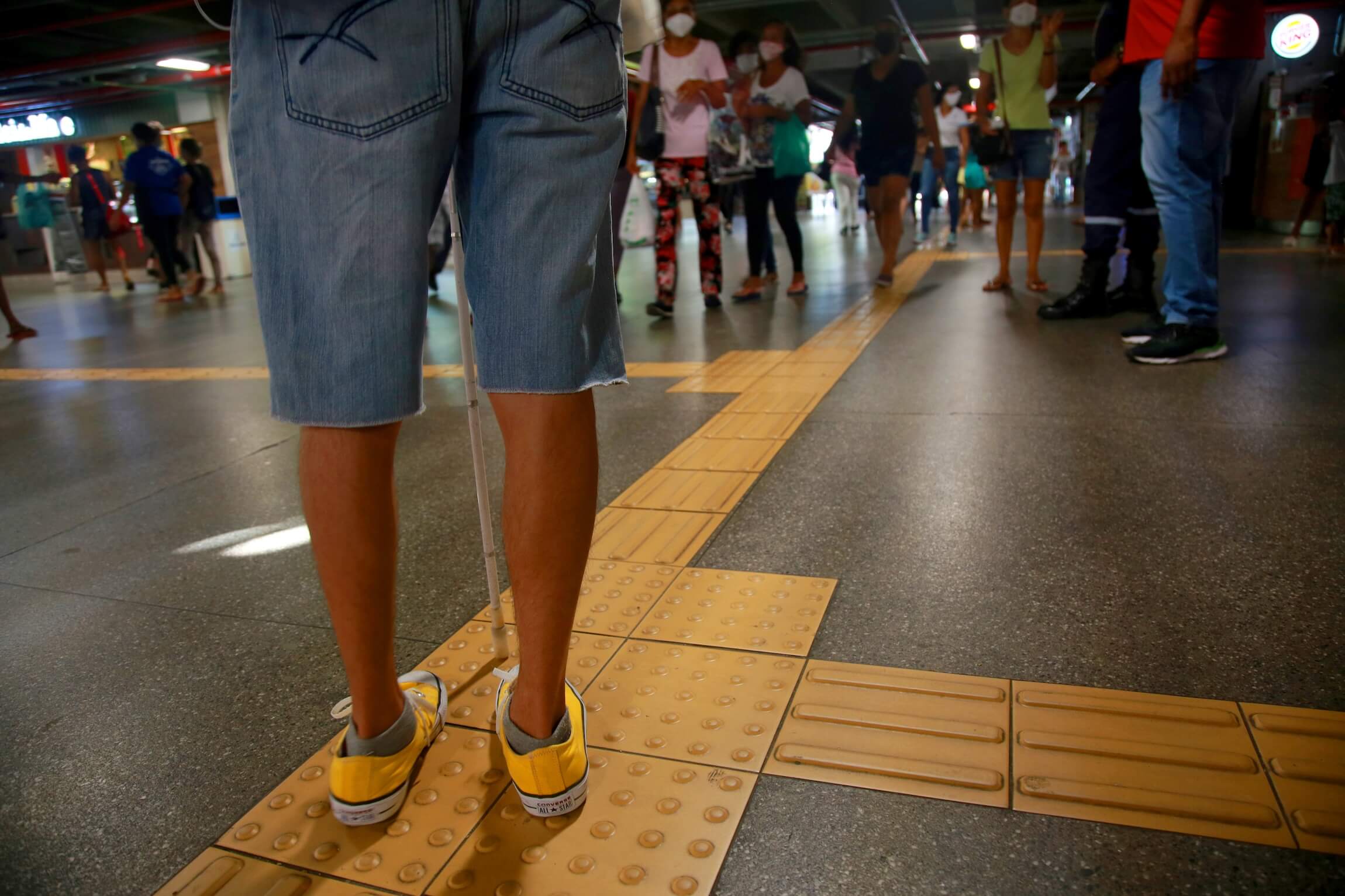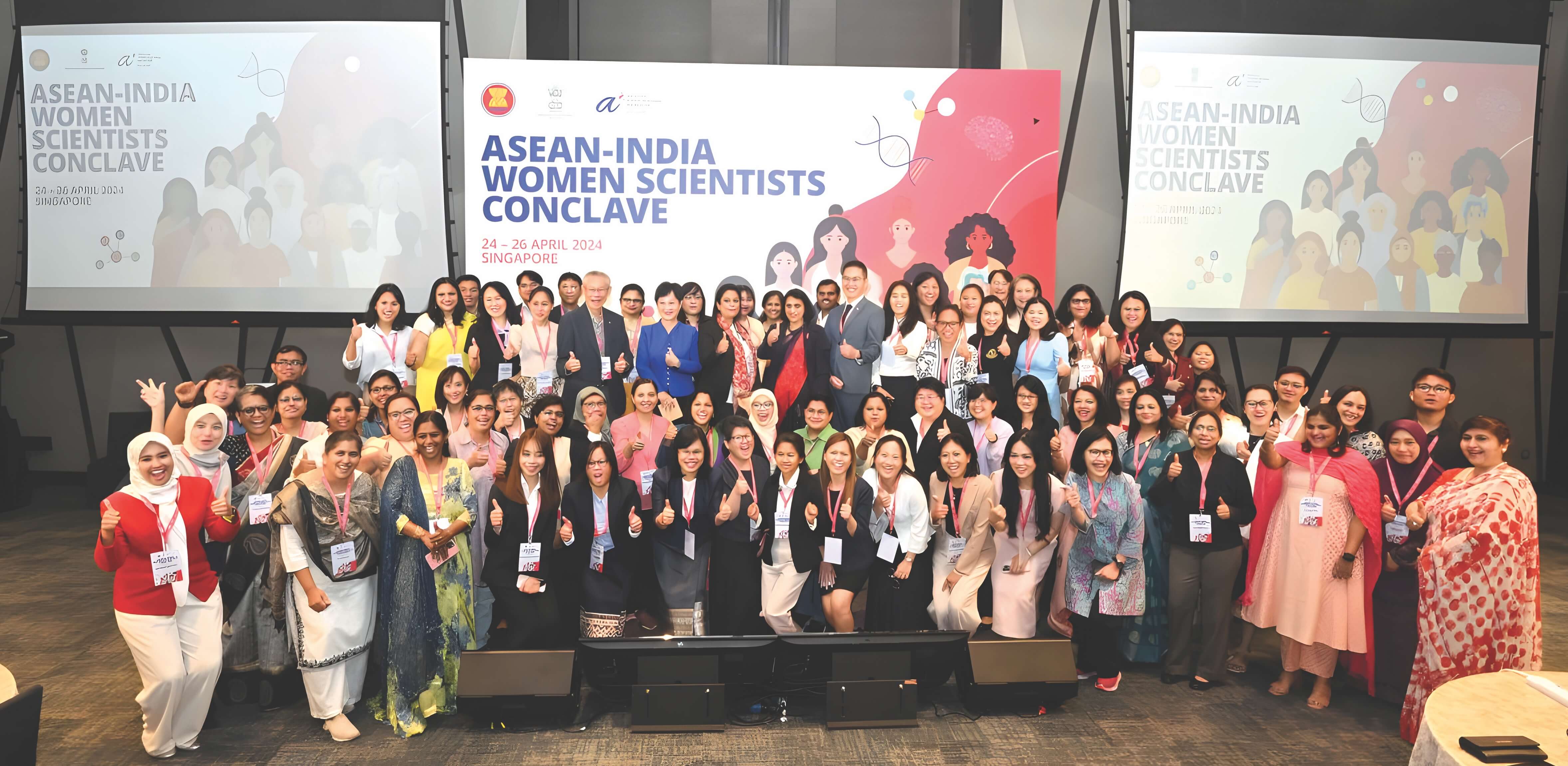






Viet Nam is firmly committed to advancing the rights of persons with disabilities, with over 6.2 million people, or 7.06 per cent of its population, living with disabilities. At the regional level, Viet Nam’s leadership role in promoting disability rights and disability inclusion is notably demonstrated, alongside Thailand, based on the mid-term review of the implementation of the ASEAN Enabling Masterplan 2025: Mainstreaming the Rights of Persons with Disabilities.
Translating commitments into actions
In 2014, Viet Nam ratified the United Nations Convention on the Rights of Persons with Disabilities (CRPD) without reservations. The country’s commitment under the UNCRPD translated to the passing of the Law on People with Disabilities, which shifted Viet Nam’s charity-based disability rights approach to a human rights-based framework in line with international standards. A dedicated body, the National Committee on People with Disabilities, was established in 2015 to enhance further efforts in implementing and monitoring disability rights. It was followed by the National Action Plan to Implement the 2030 Agenda for Sustainable Development in 2017, which includes indicators on accessibility and social integration of persons with disabilities. Laws and sub-laws further specify the rights and entitlements of persons with disabilities across education, employment, healthcare, and civil society.
The significant strides Viet Nam is making to promote disability rights are evident in the country’s robust social assistance policies. Over the years, the country prioritised improving community-based care, capacity-building for the social service workforce, subsidy provisions, socialisation of disability care services, and support for persons with mental illness. As a result, between 2011 and 2023, the number of persons with disabilities receiving monthly social benefits increased exponentially from 395,000 to almost 1.6 million. Currently, 425 social assistance establishments are located across the country, including 73 dedicated to disability care, and there is a growing workforce of over 15,000 civil servants and employees working in social protection.
In terms of access to education for persons with disabilities, Viet Nam is focused on addressing low enrolment and transition rates. In 2018, Viet Nam implemented a project aimed at increasing community-based protection, care, and education services for children with disabilities, with an emphasis on their integration into communities and the fulfilment of their rights. Consequently, the number of children with disabilities attending school increased tenfold between 2010 and 2019 compared to the period between 2000 and 2009. By 2018, the rate of children with disabilities attending school reached 65 per cent. In addition, four universities and three colleges were established across the country to train teachers on how to mentor children with disabilities, with nearly 600 teachers trained per year. From 2011 to 2020, the Ministry of Education and Training also provided training for approximately 2,500 educators from 63 provinces. These efforts have clearly borne fruit. In 2010 to 2019, over 45.8 per cent of children with disabilities ranked average or above in academic performance.
Aside from access to education for persons with disabilities, Viet Nam has also been putting efforts into increasing access to employment. The adoption of Directive No.39-CT/TW dated 1 November 2019 by the Secretariat, increasing of the leadership of the Communist Party in terms of work related to persons with disabilities, served as an accelerator for progress. The directive affirmed the government’s commitment to promoting social and economic inclusion of persons with disabilities and their significant participation in the workforce. This is markedly important, considering only 31.7 per cent of persons with disabilities above 15 years old are employed, compared to 83.4 per cent of non-disabled persons, according to the General Statistics Office in 2016. From 2021 to June 2023, the National Employment Fund and the Bank for Social Policies developed job creation, maintenance, and expansion for 136,928 persons with disabilities.
Due consideration for persons with disabilities has also been integrated into developing and using public infrastructure. The Law on Construction 2014 posits that convenient and safe access for persons with disabilities in public places and high-rise buildings must be ensured, while the Law on Road Traffic 2008 stipulates that new, upgraded, and renovated roads must adhere to technical safety standards so that persons with disabilities can use them. To complement these laws, there are policies in place to prioritise persons with disabilities in the use of public transport; in particular, persons with disabilities are given priority tickets and seat arrangements. They are exempted from some ticket and service prices or given lower rates, and they are also provided accommodation in the form of support equipment and staff to ensure they can get on and off public transport with more ease.
Public information in Viet Nam has also increasingly taken disability inclusion into account. Viet Nam has adopted several national standards to ensure information and communication technology is readily available for persons with disabilities, including public internet and telecommunications products and services, including the production and broadcasting of news, entertainment shows, and TV programmes with Vietnamese subtitles and sign language. Furthermore, the Ministry of Information and Communications issued Circular No. 32/2017/TT-BTTTT in 2017, which ensures that websites and e-portals of state agencies must be disability-inclusive. The Ministry of Information and Communication has been leading by example on this, as its website has features to support disability inclusion, including narrated videos and web compatibility with reading software for the blind and visually impaired. Relatedly, 171 organisations working for the Department of Justice, have provided legal aid to over 32,477 persons with disabilities from 2011 to 2022, ensuring that they are aware of their legal rights and have access to justice. In terms of media accessibility, an increasing number of news, entertainment, radio, and television programmes have broadcasted and are developing content with subtitles and sign language. Library systems are also increasingly accessible, offering materials in Braille, having special information carriers, and integrating facilities designed for wheelchair users.
Persons with disabilities have voices in Viet Nam. From central to local levels, organisations of persons with disabilities are well established, such as associations, clubs, and centres. These are helping them exercise rights and obligations according to the provisions of the law on persons with disabilities, which in turn create opportunities to integrate into society. These organisations include, among others, the Association for the Support of Vietnamese Handicapped and Orphans, Viet Nam Association of the Blind, Hanoi Disability Association, the Deaf Association, the Spine Club, the Association of Parents of Autistic Children, the Disabled Women’s Club, the Disabled Youth Club, and the Disabled Sports Club.
Facing the odds and challenges on disability rights
Guided by the ASEAN Enabling Masterplan 2025, Viet Nam’s initiatives on advancing disability inclusion in the country are addressing the gaps and challenges in the legal and policy systems, limited investments in disability data collection; overlap with service provision for persons with disabilities across sectors; limited provision of subsidy to persons with disabilities; barriers to inclusive education; lack of universal access, especially in public facilities and transportation; inadequate policy support for workers and entrepreneurs with disabilities; and lack of awareness of the community, families and persons with disabilities on disability rights.
Viet Nam’s comprehensive and multi-sectoral strategy in advancing the rights of persons with disabilities demonstrates the country’s resolute commitment to creating an inclusive and empowering community for all citizens. Even as the ASEAN Enabling Masterplan 2025 draws to a close, Viet Nam continues to enhance the quality of life of the 6.2 million persons with disabilities in the country and welcomes strengthened collaboration with all ASEAN Member States in creating a regional community that champions their rights and wellbeing. Together with the organisations of persons with disabilities, Viet Nam is committed to creating an enabling environment where people with disabilities have equal chances to thrive and live independently with respect and dignity.








